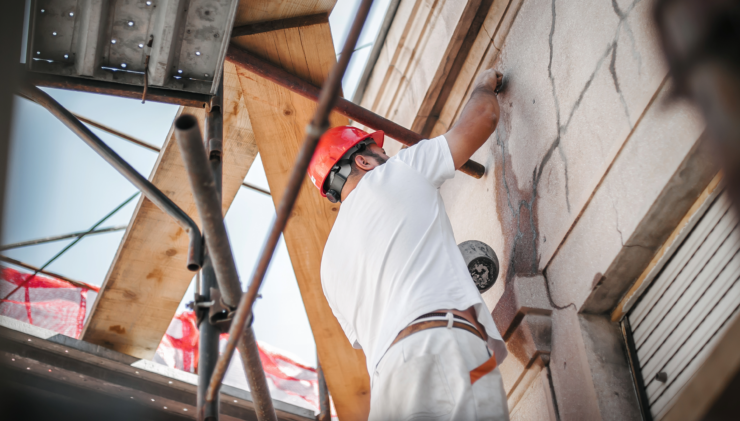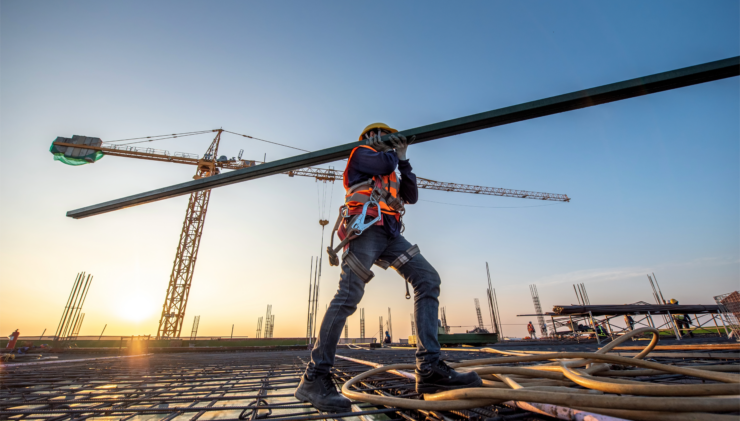 The Construction Industry's New Look at Women in the Workforce
The Construction Industry's New Look at Women in the WorkforceAre you desperate for construction workers? The labor shortage might make you eager to hire anyone who’s willing to do the work, but strong hiring practices are needed to protect the workers, the project and the company.
The Strain of a Tight Labor Market
The U.S. unemployment rate has been very low. As of July, it was down to 3.9 percent, according to the National Conference of State Legislatures. Compare that to July 2010, when it was at 9.5 percent. While this is good news for people looking for work, it can make things difficult for companies competing against each other for a limited pool of workers.
This is especially true for the construction industry, which has been experiencing a boom in projects but a decline in skilled labor. The unemployment rate for construction workers was only 3.4 percent in July 2018, even lower than the already low national average.
According to the Quarter 2 2018 Commercial Construction Index, only 9 percent of contractors report having low difficulty finding skilled workers. The majority of contractors – 55 percent – say it’s difficult, and 36 percent say it’s moderately difficult.
Strong Hiring Practices Remain Important
Although finding skilled workers is challenging in the current environment, settling for unqualified workers is not the answer.
Construction is a particularly dangerous industry. According to the Occupational Safety and Health Administration (OSHA), 991 of the 4,693 worker fatalities in 2016 were in the construction industry. That’s 21.1 percent of all deaths, even though construction accounted for only 4.3 percent of all jobs in 2016, according to the Bureau of Labor Statistics (BLS). Most construction deaths are caused by one of four types of accidents: falling, being struck by an object, electrocutions and being caught in or between objects.
To prevent on-the-job deaths and injuries, employers and workers must follow safety standards. In order to know how to follow these standards, workers must be well-trained.
According to OSHA standard 1926.21 (b)(2), “The employer shall instruct each employee in the recognition and avoidance of unsafe conditions and the regulations applicable to his work environment to control or eliminate any hazards or other exposure to illness or injury.”
Vet Your Contractors, Too
Using contractors doesn’t mean you can pass the buck.
This was proven tragically in the recent death of a technician in San Francisco. He was working on the Twin Peaks Tunnel Improvement project for the San Francisco Municipal Transportation Agency through Shimmick Construction. According to Construction Dive, following the death, the safety record of the contractor has been called into question, and the transportation agency has determined to do more thorough background checks into contractors.
It’s important to make sure contractors are qualified, trained and capable of maintaining a positive safety record. Otherwise, both the workers and the project are at risk.
Need assistance with construction insurance or risk management? Heffernan Insurance can help. Learn more about our programs for contractors.



